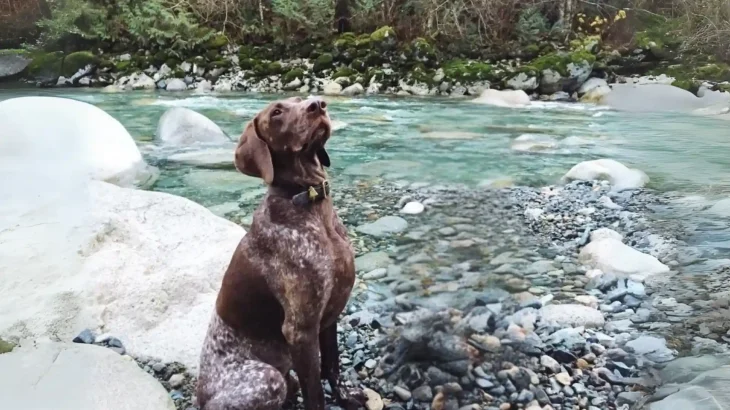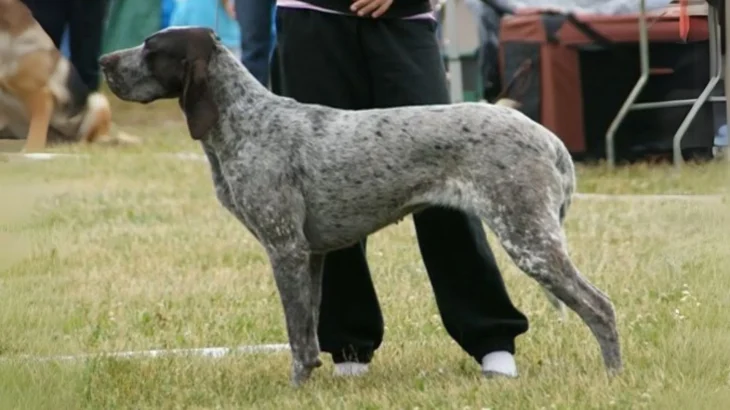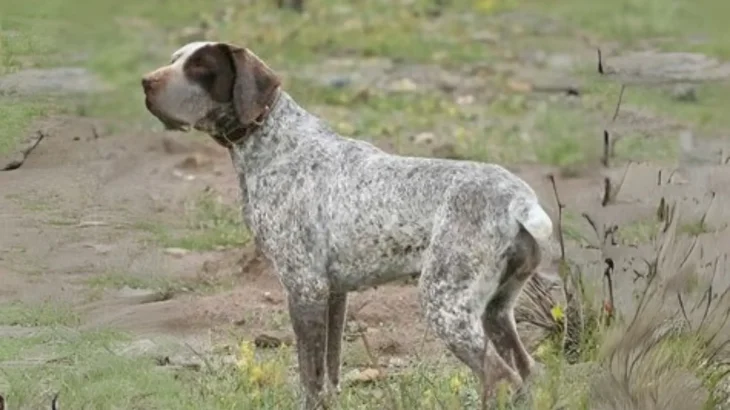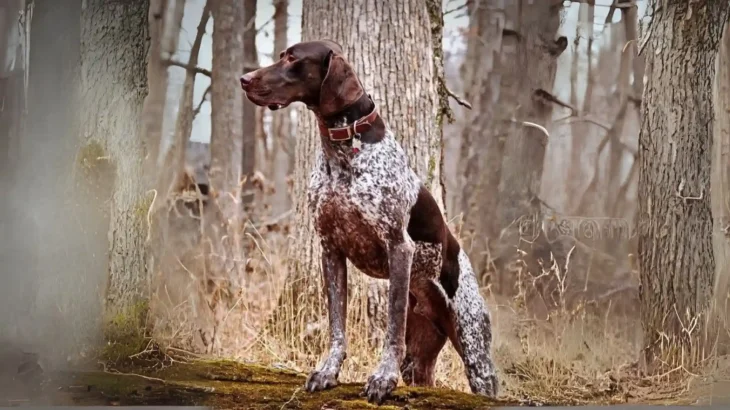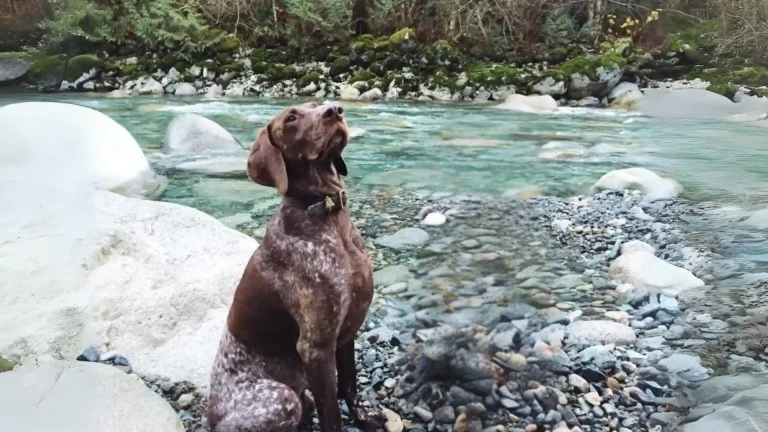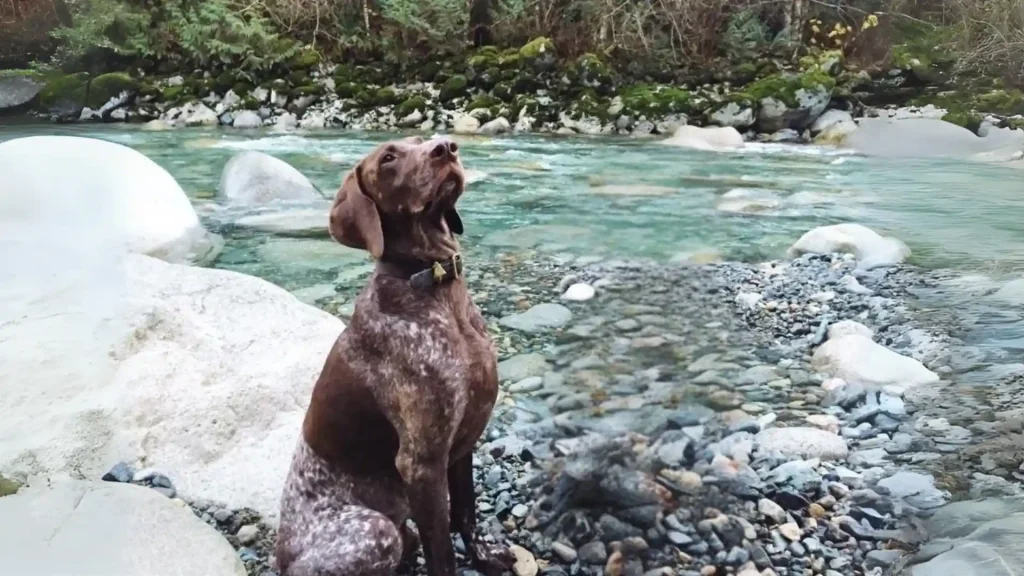When deciding whether to bring home a Perdiguero de Burgos puppy, you can either choose to adopt or buy from a breeder. Each option has its own benefits and things to consider, especially around knowing the dog's background and supporting ethical practices related to the breed.
Adoption vs. Breeder: Pros & Cons
| Criteria | Buying from Breeder | Adopting from Shelter/Rescue |
|---|---|---|
| Cost | Usually higher due to purebred status and breeder expenses. | Lower fees or donations, usually more affordable. |
| Health History | Breeders often provide detailed health and genetic records. | Health background may be limited or unknown, though basic care is given. |
| Age Availability | Mostly puppies, chance to raise from young age. | Wider age range including adults and seniors. |
| Temperament Insight | Breeders offer insights into lineage-specific traits. | Behavior based on shelter or rescue observation. |
| Supporting Practices | Supports breed preservation through ethical breeding. | Helps animal welfare by giving a home to a dog in need. |
| Breed Purity & Pedigree | Usually guarantees purebred status with pedigree. | Breed purity may be uncertain or mixed. |

